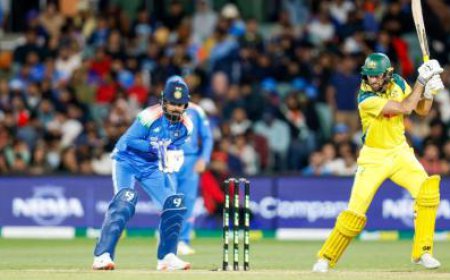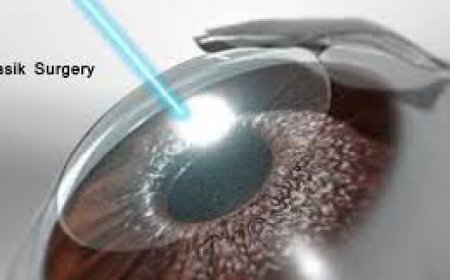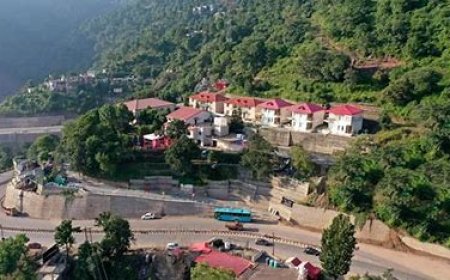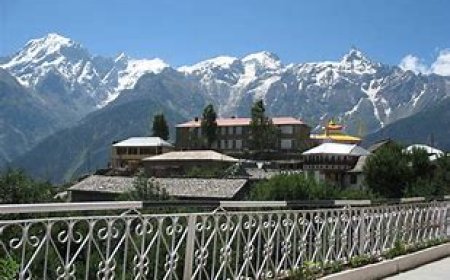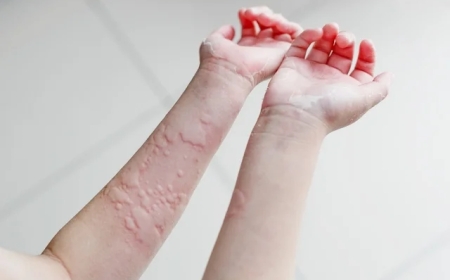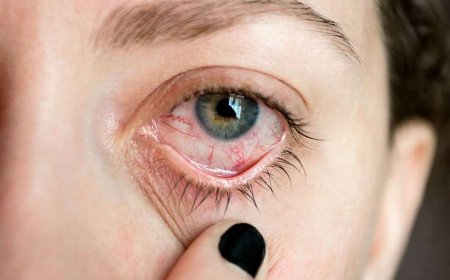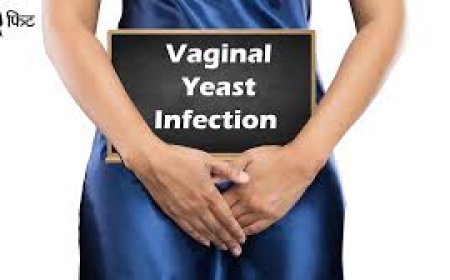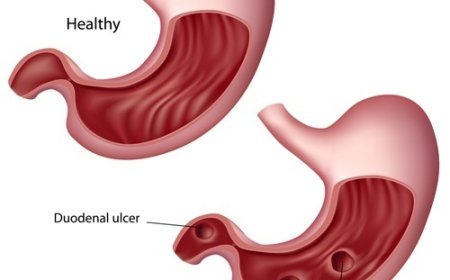Atherosclerosis
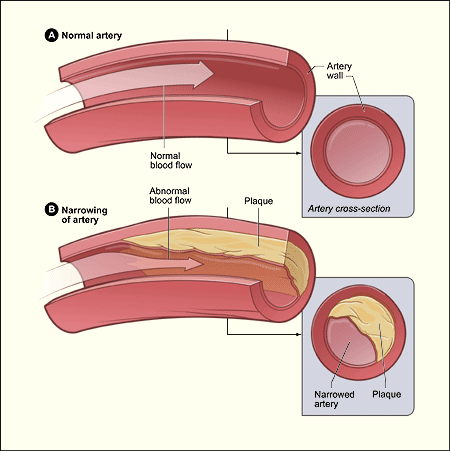
Introduction:
In the vibrant country of India, where the rivers flow and the heart of the nation beats, there is an unseen enemy that affects the blood vessels. This enemy is known as Atherosclerosis, and today, we will unveil its secrets. We will explore its signs and symptoms, what it is, how it's classified, what causes it, risk factors, different types, how doctors diagnose and treat it, and some ways to prevent Atherosclerosis. So, let's embark on a journey to conquer the silent blockage!
Signs and Symptoms:
Atherosclerosis is a sneaky condition that often doesn't show any signs in the beginning. But as it progresses, it can lead to some common symptoms like:
- Chest pain or discomfort, like a tightness in the chest that comes and goes.
- Shortness of breath, like feeling out of breath after a little activity.
- Pain or weakness in the legs, like having difficulty walking or running.
What Is Atherosclerosis? :
Atherosclerosis is like a roadblock inside the blood vessels that slows down the flow of blood. Our blood vessels are like highways that carry blood to all parts of our body, but with Atherosclerosis, fatty deposits build up on the inner walls of the blood vessels, making them narrow and less efficient.
How Is Atherosclerosis Classified? :
Atherosclerosis is classified based on the location of the blockage and the blood vessels involved. Some common classifications include:
- Coronary Artery Disease: When the arteries that supply blood to the heart become blocked or narrowed.
- Carotid Artery Disease: When the arteries that carry blood to the brain are affected, which can lead to stroke.
- Peripheral Artery Disease: When the arteries in the arms and legs get blocked, causing pain and difficulty in movement.
Causes and Triggers:
The exact cause of Atherosclerosis is like a puzzle waiting to be solved, but it can be triggered by certain factors, like:
- Unhealthy Diet: Eating too much fatty and sugary foods can lead to the formation of fatty deposits in the blood vessels.
- Lack of Physical Activity: Not being active and spending too much time sitting can increase the risk of Atherosclerosis.
- Smoking: Smoking can damage the blood vessels and speed up the process of blockage.
Risk Factors with Examples:
Certain factors can make someone more likely to have Atherosclerosis, like how some kids might be more likely to catch a cold when it's rainy outside. Some risk factors include:
- Family History: If someone in the family has Atherosclerosis or heart disease, others might have a higher chance of getting it too.
- High Blood Pressure: Kids with high blood pressure are more likely to develop Atherosclerosis.
- Diabetes: Having diabetes can increase the risk of Atherosclerosis.
Types of Atherosclerosis with Detailing for Each Type:
Atherosclerosis can affect different blood vessels, leading to different types of conditions. Some common types of Atherosclerosis are:
- Coronary Artery Disease: When the arteries that supply blood to the heart are blocked or narrowed, it can lead to chest pain or heart attack.
- Carotid Artery Disease: When the arteries that carry blood to the brain are affected, it can lead to a stroke.
- Peripheral Artery Disease: When the arteries in the arms and legs get blocked, it can cause pain, cramps, and difficulty in walking.
Diagnostic Tests and Treatments:
To understand if someone has Atherosclerosis, doctors use special tests to check the blood vessels and blood flow. Some of these tests include:
- Cholesterol Test: Like checking the level of fats in the blood, which can indicate the risk of Atherosclerosis.
- Angiography: A special dye is used to visualize the blood vessels and identify blockages.
- Ultrasound: This is like taking pictures of the blood vessels to see if they are blocked.
Complications of Atherosclerosis and Prevention Techniques:
If not managed properly, Atherosclerosis can lead to serious complications like heart attack or stroke. To prevent this, kids can adopt a healthy lifestyle by eating nutritious foods, being physically active, and avoiding smoking.
Atherosclerosis might be like a silent roadblock in the blood vessels, but with the right knowledge and actions, it can be managed. Just like we take care of our roads to ensure smooth travel, our bodies need proper care too. By making healthy choices, staying active, and seeking help from doctors if needed, we can keep our blood vessels healthy and continue to embrace the beauty and diversity of India!
What's Your Reaction?
 Like
0
Like
0
 Dislike
0
Dislike
0
 Love
0
Love
0
 Funny
0
Funny
0
 Angry
0
Angry
0
 Sad
0
Sad
0
 Wow
0
Wow
0














